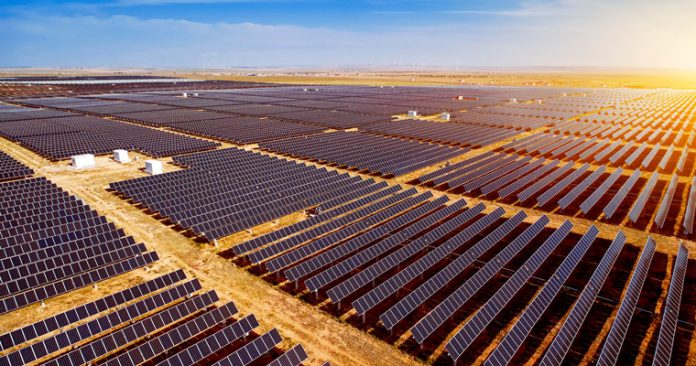
These installations can generate significant amounts of electricity, but their efficiency depends on accurate solar forecasting. In this article, we’ll explore the challenges faced in solar forecasts for large-scale installations and the innovative solutions being employed.Solar installations can cover extensive geographic areas, and the solar irradiance can vary significantly from one location to another. Accurate forecasting must consider these spatial differences.
Challenges in Solar Forecasting for Large-Scale Installations
1. Data Complexity
Obtaining accurate and real-time weather data for a vast area where these installations are often located can be challenging. Additionally, handling massive datasets Hormone pellets efficiently can be a logistical hurdle.
2. Spatial and Temporal Variability
Solar installations can cover extensive geographic areas, and the solar irradiance can vary significantly from one location to another. Accurate forecasting must consider these spatial differences.
3. Predicting Extreme Weather Events
Predicting and preparing for extreme weather events, such as storms or heavy cloud cover, is crucial for the safety and reliability of large-scale solar installations.
Solar power forecasting is at its core a weather forecasting problem. It starts with modeling of the Sun’s position with respect to a given location at the Earth’s surface, before then modeling the transmittance of solar radiation through the Earth’s atmosphere.
Solutions to Overcome These Challenges
1. Advanced Weather Data Collection
Investing in advanced weather monitoring technology, including satellite imagery, sky cameras, and ground-based weather stations, helps capture precise data across large areas.
2. High-Resolution Models
Developing high-resolution weather models that consider local terrain, geography, and climate patterns can improve the accuracy of solar forecasts for specific locations within the installation.
3. Machine Learning and AI
Leveraging machine learning algorithms and artificial intelligence helps in processing vast amounts of data efficiently. These technologies can adapt to changing conditions and enhance short-term forecasting accuracy.
4. Ensemble Forecasting
Ensemble forecasting combines multiple models and data sources to generate more accurate predictions. It considers the uncertainties inherent in weather forecasting and provides a range of possible outcomes.
The fast growth of solar energy production has made it increasingly difficult for grid operators to integrate renewable energy sources like solar into the electrical system. Forecasting solar energy is essential for effectively controlling and balancing the grid to increase stability and make the most of solar energy.
Energy Storage Integration
Large-scale solar installations often incorporate energy storage systems.Obtaining accurate and real-time weather data for a vast area where these installations are often located can be challenging. Additionally, handling massive datasets efficiently can be a logistical hurdle. Solar forecasts can guide the optimal charging and discharging of these storage systems, ensuring a stable energy supply.
Benefits of Improved Solar Forecasting for Large-Scale Installations
- Increased Efficiency: Accurate forecasts allow operators to adjust solar panels and equipment for maximum energy production.
- Grid Integration: Reliable forecasts aid grid operators in managing the integration of solar power into the energy grid, reducing grid instability.
- Cost Reduction: Effective forecasting reduces operational costs by optimising maintenance schedules and equipment usage.
- Energy Market Participation: Large-scale installations can benefit from participating in energy markets, selling excess power when generation exceeds demand.
- Climate Impact: Enhanced solar forecasting contributes to a cleaner environment by reducing the reliance on fossil fuels.Large-scale solar installations often incorporate energy storage systems.Obtaining accurate and real-time weather data for a vast area where these installations are often located can be challenging.








